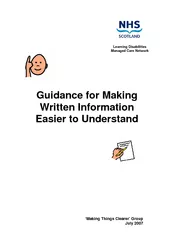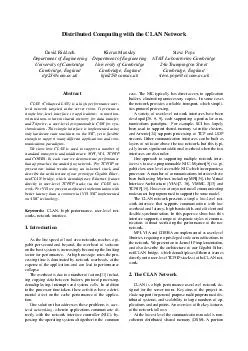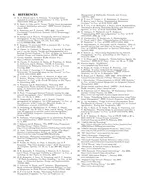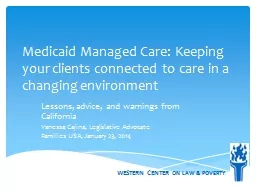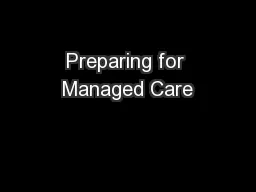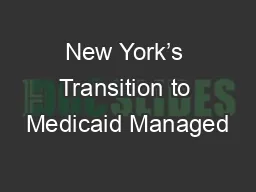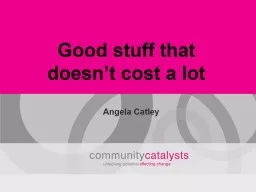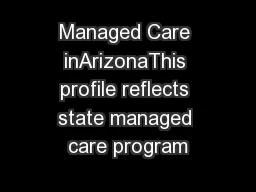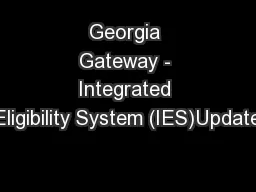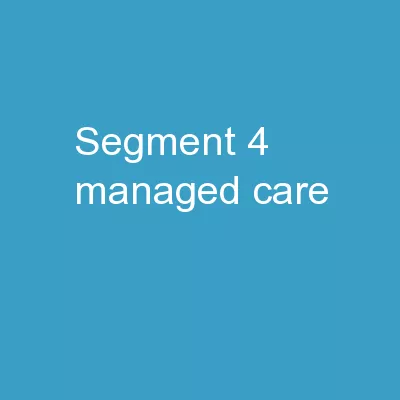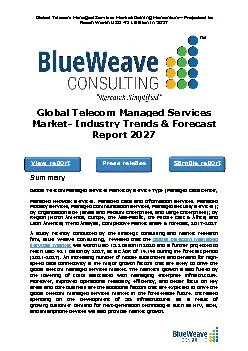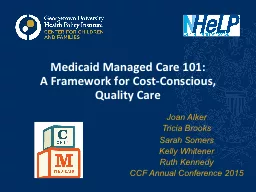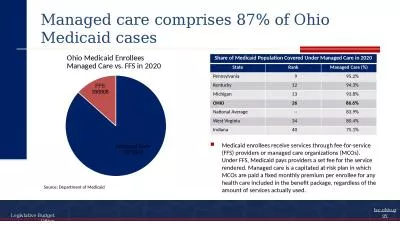PDF-Learning Disabilit ies Managed Care Netw ork Guidance
Author : trish-goza | Published Date : 2015-06-06
The aim of the group was to help those working in Learni ng Disability to make written co mmunications more accessible across al aspects of the service A basic need
Presentation Embed Code
Download Presentation
Download Presentation The PPT/PDF document "Learning Disabilit ies Managed Care Netw..." is the property of its rightful owner. Permission is granted to download and print the materials on this website for personal, non-commercial use only, and to display it on your personal computer provided you do not modify the materials and that you retain all copyright notices contained in the materials. By downloading content from our website, you accept the terms of this agreement.
Learning Disabilit ies Managed Care Netw ork Guidance: Transcript
Download Rules Of Document
"Learning Disabilit ies Managed Care Netw ork Guidance"The content belongs to its owner. You may download and print it for personal use, without modification, and keep all copyright notices. By downloading, you agree to these terms.
Related Documents

